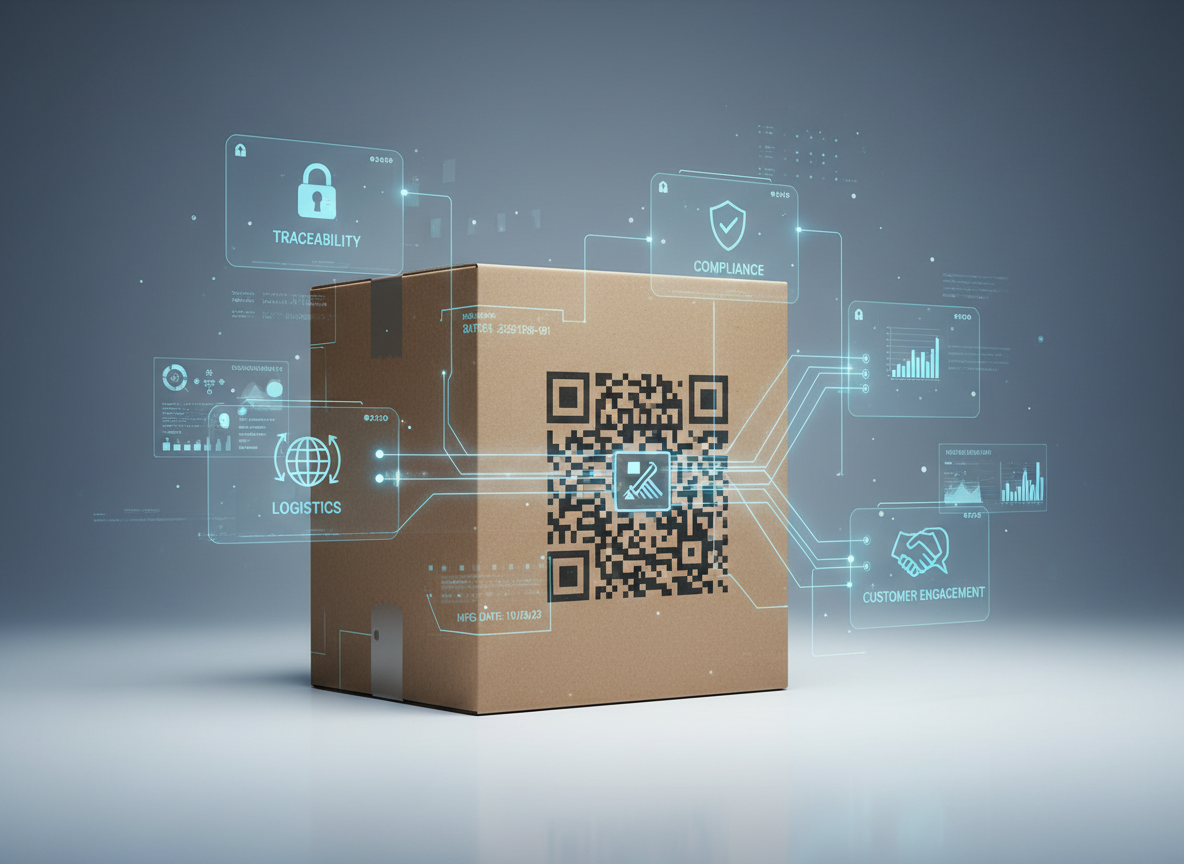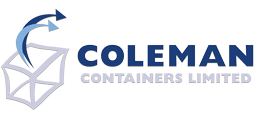

A product’s journey doesn’t end when it leaves the warehouse. It continues in the hands of distributors, retailers, and consumers. Yet, many businesses still treat packaging as a static element, missing opportunities for effective communication and valuable data insights.
It’s now essential to collaborate with reliable packaging companies that can bridge the gap between packaging and digital engagement. QR codes are enabling that shift by turning every package into an interactive tool for connection, traceability, and trust.
A QR code is a small, scannable barcode printed on packaging that connects directly to online content. It allows brands to share detailed product data, certifications, or interactive content. These are features that traditional packaging cannot support due to limited space.
The integration of QR codes with the right packaging company supports transparency, sustainability, and customer engagement. All of these are crucial for businesses seeking to remain competitive and meet the evolving demands of modern consumers.
For years, manufacturers and distributors relied on printed labels to communicate product details, lot numbers, and safety data. While functional, traditional labelling provides limited space and no feedback loop. Companies have little visibility into how packaging performs once products reach the market.
Today, sustainability, safety, and transparency shape business decisions. The lack of packaging visibility creates several challenges:
These challenges affect industries ranging from automotive and consumer goods to pharmaceuticals and medical equipment. Partnering with experienced Canadian packaging companies ensures accuracy and reliability throughout the distribution process.
Modern packaging is no longer just about protection; it’s about information flow. By integrating QR codes directly onto corrugated boxes, cartons, or shipping labels, businesses unlock a new level of intelligence.
Upon scanning, these codes can:
This approach transforms packaging into a smart communication channel that supports both operations and marketing. It does so without adding complexity to the physical design.
1. Strengthening Supply-Chain Transparency
Industries like pharmaceuticals, nutraceuticals, and medical equipment require strict quality control. QR-coded packaging provides instant access to batch numbers, manufacturing dates, and origin data. This helps ensure authenticity and compliance with regulatory frameworks.
2. Supporting Product Safety and Recalls
In the event of a recall or quality investigation, QR-linked databases enable teams to trace affected lots quickly. This precision reduces downtime and protects brand credibility.
3. Enhancing Customer Engagement
Beyond logistics, QR codes also improve post-purchase interaction. For example, consumer goods manufacturers can link to sustainability reports, recycling guides, or promotional content that builds loyalty.
4. Streamlining Warehouse and Logistics Management
In automotive and industrial packaging, QR-based identifiers enable faster scanning and sorting. The right design from a reliable packaging supplier can help reduce manual errors and enhance shipping accuracy.
Adding QR technology to custom corrugated packaging requires thoughtful planning. Here are a few design considerations that ensure durability and legibility:
Working with experienced packaging companies in custom corrugated box engineering is non-negotiable. It ensures the QR integration process aligns with both visual design and functional strength.
Also Read:
Mastering Ecommerce Consumer Goods Packaging
How Packaging Companies Are Tackling Produce Shelf Life Challenges
Why Choosing a Local Packaging Manufacturer Matters for Canadian Businesses
The future of packaging lies in the integration of materials, data, and design. QR codes represent a simple yet powerful way to achieve that. By combining custom corrugated engineering with digital functionality, packaging can deliver both strength and intelligence.
Businesses that adopt this approach gain visibility, control, and confidence throughout the product lifecycle.
Looking to make packaging smarter and more connected? Contact experienced packaging suppliers, such as Coleman Containers, to learn more about packaging solutions that combine innovation, precision, and sustainability.



Get Free Estimate!
